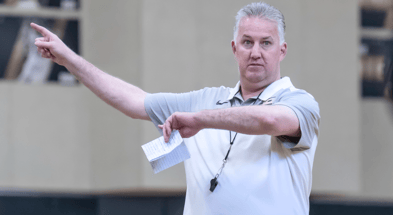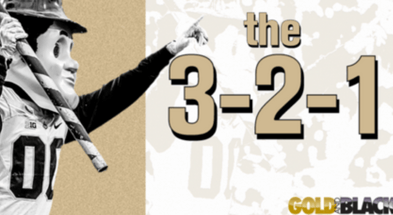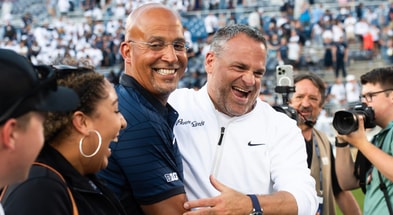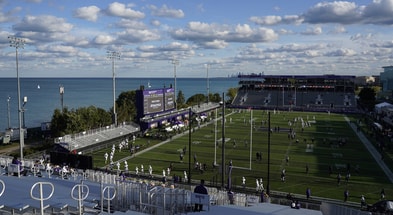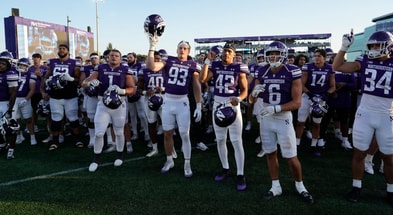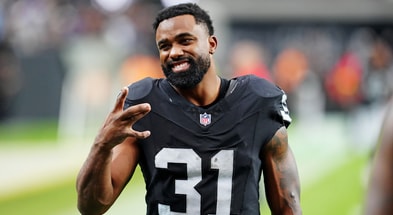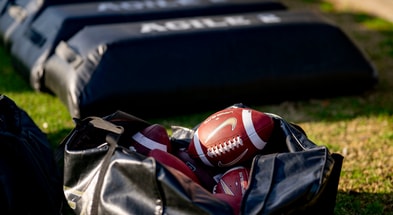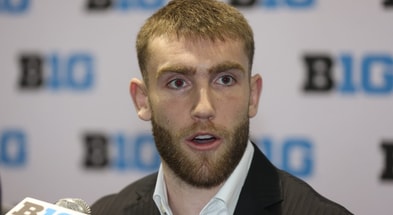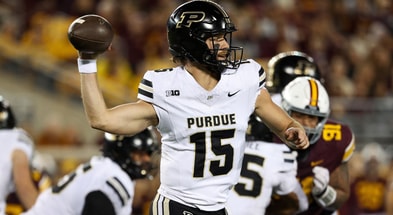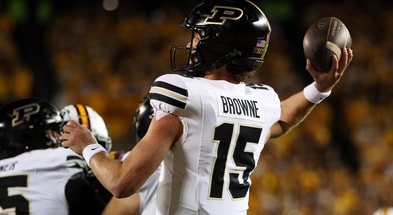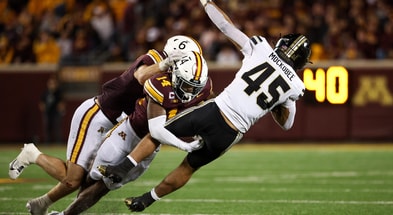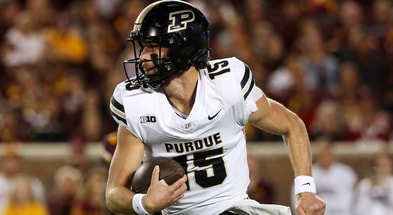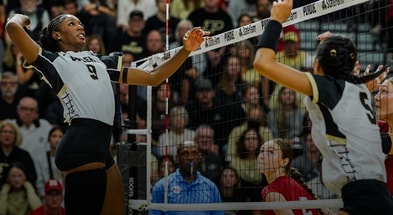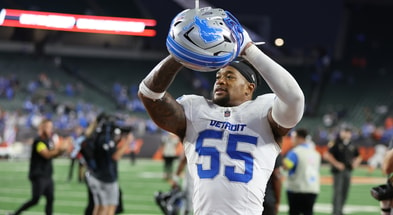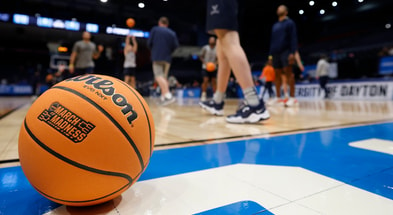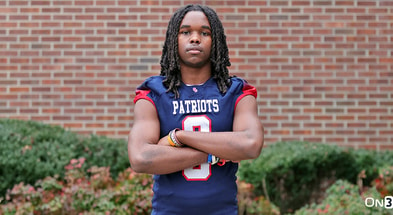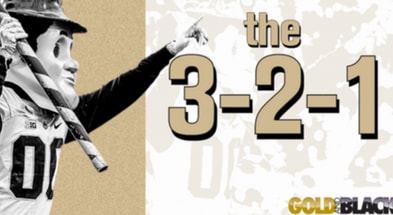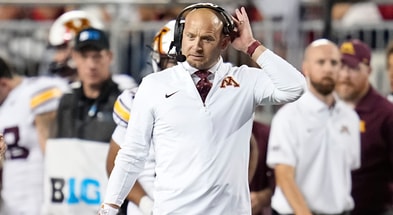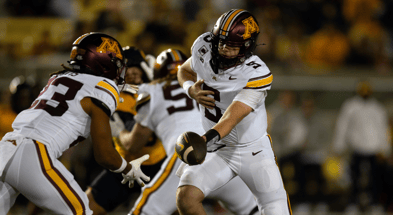Butterfly Effect: Purdue Basketball and COVID

“The Butterfly Effect” is a limited-run series GoldandBlack.com is rolling out this season highlighting events that occurred or decisions that were made that rippled out and helped Purdue reach its current level, highlighted by the last season’s Final Four and leading into this much-anticipated coming season.
An example of the Butterfly Effect in this context: Roy Williams leaving Kansas for North Carolina, thus pulling Bill Self from Illinois to Kansas, leading to Bruce Weber getting the Illinois job, and Matt Painter being promoted at Southern Illinois, all just as Purdue’s post-Gene Keady plans had to be made.
Previous editions: David Teague and Carl Landry get hurt | Getting JaJuan Johnson | Throwing AJ Hammons to the fire | Bottoming out in 2014 | Jon Octeus Saves The Day | Decommitments | Landing Caleb Swanigan

PART 8: THE COVID-19 PANDEMIC
Years later, the ripple effects of the Pandemic of 2020 have continued to ring through college basketball, to many programs’ detriment but to at least one prominent program’s benefit.
The aftermath of the global health crisis dovetailed with Purdue putting together a string of elite teams, not so coincidentally.
Most recently: This season to come, when Purdue may be No. 1 when the first preseason polls come out, two seasons after the Boilermakers reached their first Final Four since 1980.
This group’s three pillars: Seniors Braden Smith, Trey Kaufman-Renn and Fletcher Loyer, all recruited in some form or another during the basketball recruiting zombie apocalypse that followed the March 2020 cancelation of the NCAA Tournament.
Without real opportunities to see or meet with players in person, coaches had to fall back on their advance work with the signing classes of 2021 and 2022. Purdue’s M.O. in recruiting has long been to identify players early, build long-term relationships and, in short, beat people to the punch.
Kaufman-Renn was a great example. Purdue was on him for years and had him on campus long before the world ended.
The Sourhern Indiana blue-chip recruit knew he was coming to Purdue long before he actually committed, but COVID shut-downs didn’t give him much of a chance to really see anyone else in the final months of his recruiting.
After North Carolina and Virginia offered him the summer of his senior year, he and his mother, Lara, took a road trip through the two campuses, but couldn’t meet with anyone or enter any buildings.
During that time, all recruiting was done electronically, as the Zoom Era of college sports recruiting began.
“And anyone who knows Trey will tell you he is awful about answering his phone,” Silver Creek High School coach Brandon Hoffman joked. “He’s probably got thousands of unreturned calls and texts on his phone right now.”
It didn’t matter all that much, though, as Kaufman-Renn looks back now and is reminded of how quickly he was sold on Purdue.
“It really didn’t affect my decision at all,” he said.
One impact COVID did have is the urgency it instilled in players to make quicker decisions, wary of the unknown.
It made Fletcher Loyer want to decide immediately.
“It definitely made me want to decide quicker,” Loyer said. “I knew I wouldn’t be able to go anywhere (for visits) and I didn’t want a school like Purdue that I really liked to take another player.
Top 10
- 1New
Miami upset
Louisville shakes up CFP race
- 2
Carson Beck
Heisman odds plummet
- 3Hot
Dan Mullen
Reacts to Arkansas rumors
- 4
Lane Kiffin
Ole Miss being proactive
- 5
Whit Weeks injury
New info emerges on LSU LB
Get the Daily On3 Newsletter in your inbox every morning
By clicking "Subscribe to Newsletter", I agree to On3's Privacy Notice, Terms, and use of my personal information described therein.
Like Kaufman-Renn, Loyer saw an ideal fit at Purdue immediately. And there was a deeper connection, as well. Loyer has long-standing family ties to West Lafayette, but also visited Purdue as a recruit (sort of) when his brother, Foster, was being recruited by Painter and staff, albeit as a “10- or 12-year old.” Later, Fletcher Loyer attended games in Mackey Arena when Foster played for Michigan State.
When lead recruiter Micah Shrewsberry left for the head coaching position at Penn State, Painter personally took up Loyer’s recruitment.
“I really trusted Coach Painter,” Loyer says now.
“Luckily I found the right spot but a lot of people couldn’t even see the places they were committing. I’d been here and was comfortable with it.”
Jameel Brown was in such a situation. The guard from pandemic-ravaged Philadelphia was a very early Purdue target and liked Shrewsberry enough to commit to a school he’d never actually see in person.
When Shrewsberry left, so did Brown, an example of the chaos of that time and flimsiness of many of the commitments made during that time.
Brown’s departure put Purdue back in the market for a guard, and Painter got to work combing film, live streams from the summer tournaments allowed to take place and working his network of Indiana high school basketball observers, which happens to be an inordinately large and knowledgeable network.
It brought him to Braden Smith, who Painter never saw play live before recruiting him.
Painter offered based on film and word of mouth, comparing Smith’s video to the other guards Purdue had started recruiting. Smith committed almost immediately without the benefit of being able to visit campus in a recruiting capacity or meet with coaches. His pledge came at a time when no other coaches could see Smith play live. It came down to Purdue’s legwork and networking.
Smith’s now a first-team All-American and has been the driving force behind so much of the program’s success these past three seasons, with the best potentially to come.
During unprecedented recruiting difficulties, Purdue really only missed once, but recruiting an international 7-footer (Will Berg) during a global health crisis was always risky business. Due to restrictions on international travel, assistant coach Paul Lusk could never execute plans to visit Sweden to see Berg.
Berg wound up being the only real COVID-recruiting attrition to hit Purdue.
That’s another key theme here.
As COVID hit right on top of transfer reform and NIL, it made for a bizarre, tumultuous landscape in which Purdue’s continuity became a major advantage. As players who made half-baked decisions during COVID scattered or were run off by buyer’s-remorse-afflicted coaches, Purdue kept its group together.
The NCAA’s COVID-year eligibility allowance made college basketball older and more transfer-oriented, headwinds Purdue thrived in the face of. But it also made Lance Jones possible and without Lance Jones, there’s no telling whether Zach Edey and Co. would have broken that glass ceiling two years ago.
